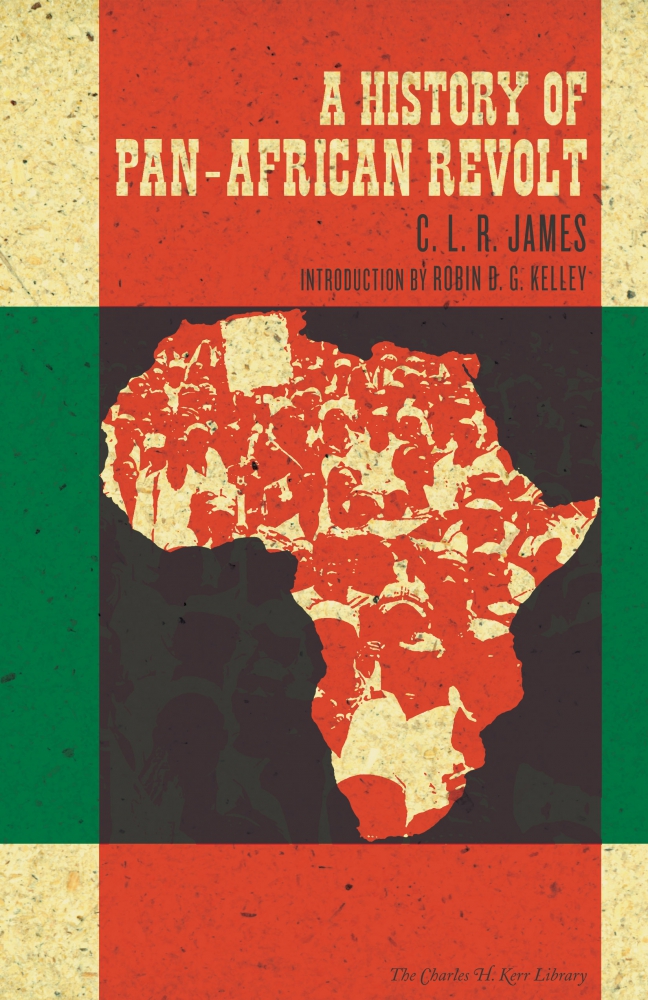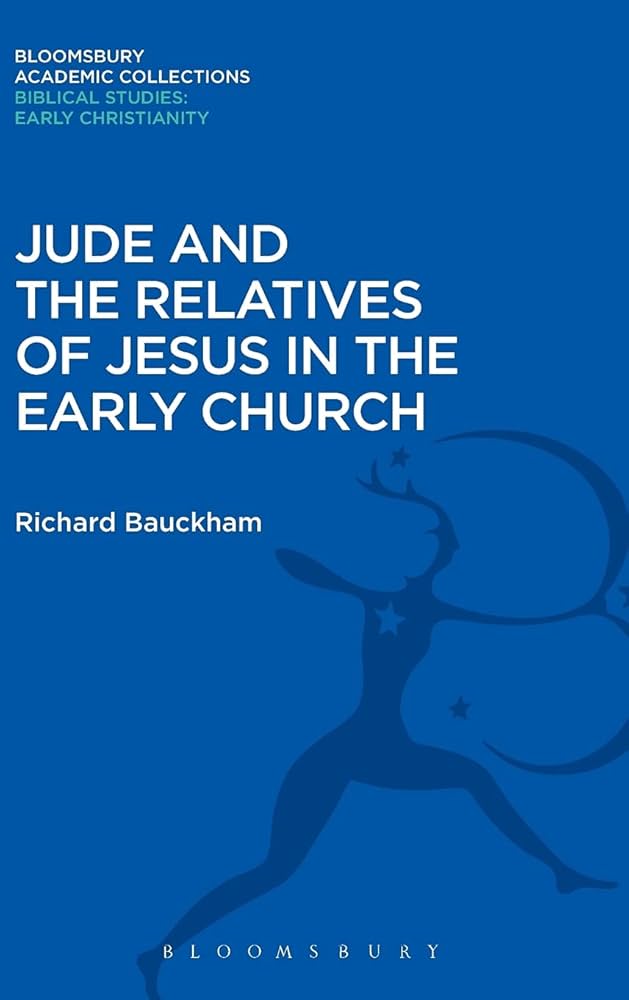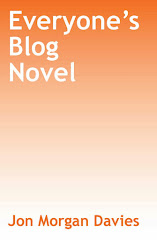This slim volume wasn't quite what I was expecting, and that has its good and bad points. There is a second volume, apparently, with “Greek Culture” in a title that does more of what I would have expected: namely, broken down the local culture of each of the seven cities. This volume is more of an overview of the culture of first-century western Asia Minor in general.
The work begins with a discussion of Roman culture in the area that was, in most ways, familiar to me, since in many regards the region was little different than others in the Roman sphere, particularly in the east, where Greek culture continued to hold such sway. As such, the information on governmental systems, festivals, slavery, sporting events, and so on was concise and would be useful to someone who has not read other works on the subject.
Where the work really shined for me was in its second chapter, half of which is given over to the Jewish community in the region, which forged as much as 20 percent of the population. Worth discusses how the population got there and how it interacted with the locals. On the whole, one gets the feeling that the relationship to between the different ethnic groups was largely cordial, with Jewish people even taking a role in government in some cases.
Worth's discussion of the geography of Patmos and the two legal forms of exile was also of value. He explores whether the author of Revelation was actually exiled and, if so, what form that would have taken. Unlike so many contemporary authors, Worth tends to view the author as the apostle John (as opposed to another John), though he notes that the other theories don't necessarily impact how one reads Revelation. For him, the differences in form and language can be easily explained because the work is a different genre than the other works attributed to John.
A lot of time is spent exploring why John chose seven cities and why just these seven cities to aim the Revelation at. Worth doesn't reach a dogmatic conclusion, though he certainly shows the weaknesses of various arguments: that they were the most (economically) important, that they had the most believers, that they were where early bishoprics formed, that they were centers of the Imperial cult, that they were on the same mail route or road, and so on. In each case, at least one city is an exception, and often other cities that would qualify under those same conditions. Worth also discusses the importance of the number seven biblically—meaning completeness. It seemed to me, by the end of the discussion, that the use of (these) seven cities was deliberate primarily for rhetorical purposes. As such, the letters were aimed at the church as a whole, not at specific congregations: the congregations here had largely symbolic purposes.
Worth also uses a chapter to discuss the Imperial cult, which again was largely familiar territory for me. The reason he focuses on the cult, of course, is because many read much of Revelation as being about the literaral Roman empire of the time and its emperors and faith. Worth shows how one can read various metaphors in the work as related to such ideas. I rarely find such readings of much value. The book draws so heavily on Old Testament tropes that it often seems to me more in line with Jewish prophetic works than with the contemporary scene, but certainly readers at the time may well have seen the Roman parallels, just as people even today read events now as being explored in the work.
As for whether I'll read Worth's second volume, I'm on the fence. Many of the things he alludes to about his closer readings of the seven cities seem either like things I'd already know from commentaries or like dubious assertions. But in a way, that's what I was expecting of this volume, so in that sense, the fact that this volume ended up not being that was appreciated.



































